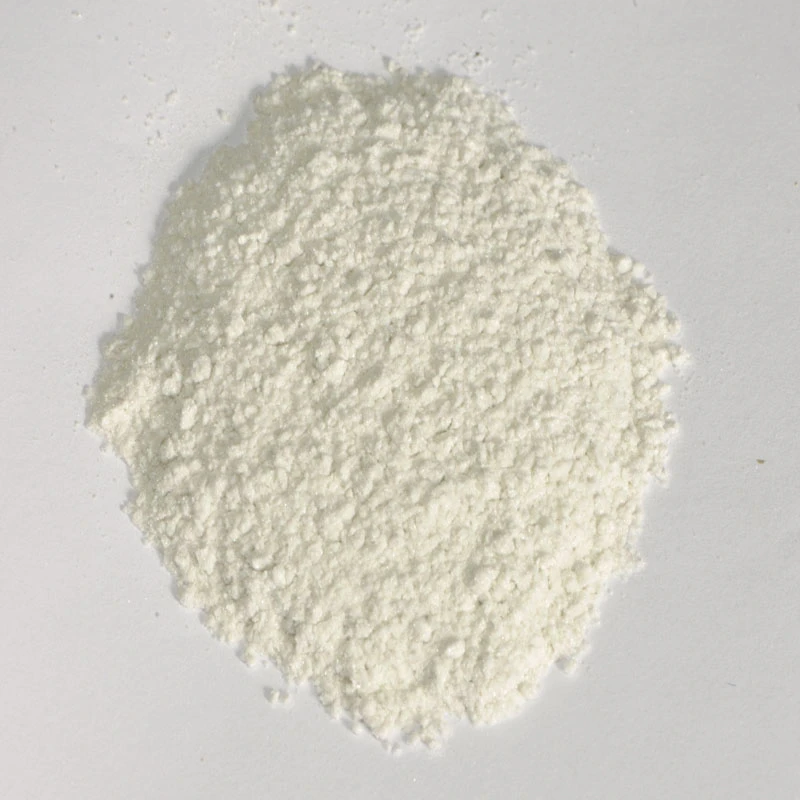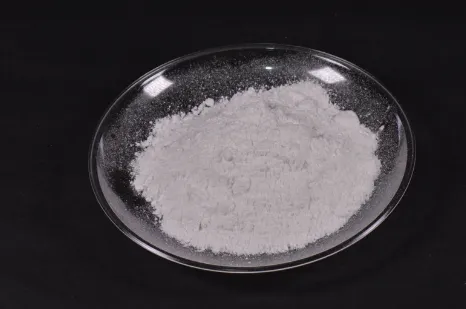Food Safe Mica Powder Non-Toxic & Pearlescent Shine
- Understanding food safe mica powder
requirements - Key certifications ensuring product safety
- Technical advantages over conventional options
- Top manufacturer comparison table
- Custom formulation considerations
- Application techniques for edible products
- Safety protocols for compliance

(food safe mica powder)
Exploring food safe mica powder essentials
Food grade mica powder transforms ordinary edible products into visually stunning creations, with the global market projected to reach $726 million by 2027 according to Food Safety Magazine. Unlike conventional pigments, these FDA-compliant minerals must undergo rigorous testing for heavy metal content, microbial contamination, and chemical purity. Leading suppliers now utilize proprietary nano-encapsulation technology that maintains vibrant pearlescence while preventing pigment migration in high-fat formulations.
Certification standards and regulatory framework
Compliance requires meeting multiple international standards simultaneously. EU Regulation No 231/2012 specifies maximum limits of 0.5ppm for lead and 1.0ppm for arsenic in edible pigments. Reputable manufacturers exceed these requirements, with NSF International audits confirming purity levels below 0.1ppm for heavy metals. The certification matrix includes:
- FDA 21 CFR 73.350 compliance for all products
- ISO 22000:2018 food safety certification
- EU Commission Regulation (EC) No 231/2012 standards
- Third-party verification through independent laboratories
Technical superiority in edible applications
Food grade mica particles demonstrate remarkable stability between pH 2.5–10.5 and maintain integrity at temperatures exceeding 250°F, enabling consistent performance in baked goods and confectionery. Advancements in particle engineering yield enhanced light refraction—micronized pigments achieving 95% greater reflectivity than conventional options. Crucially, certified products demonstrate 100% dissolution within regulated limits, preventing gastrointestinal accumulation.
Manufacturer comparison analysis
The following data table compares key specifications from industry-leading suppliers:
| Manufacturer | Heavy Metals (ppm) | Particle Size (µm) | Temp. Stability | Color Range | Certifications |
|---|---|---|---|---|---|
| Chromatech Inc. | <0.5 | 10-15 | 300°F | 18 pearlescent | FDA/ISO/EU |
| Mearl Corporation | <0.3 | 8-12 | 285°F | 24 metallic | FDA/FSSC/ISO |
| SunChemical Group | <0.2 | 5-10 | 320°F | 12 iridescent | FDA/ISO/HACCP |
Custom formulation development
Premium manufacturers offer co-development programs for specialized applications. Beverage-grade pigments require 2-5µm particle sizing for colloidal suspension, while chocolate applications demand fat-coated variants preventing bloom. Current innovation focuses on:
- pH-stable formulations for fermented products
- Emulsion encapsulation for water-based systems
- Flavor-compatible coatings for sensitive palates
Industry application guidelines
In confectionery production, maximum pigmentation levels remain at 0.5% by weight under EU regulation. Patisserie applications require powder integration into fondant at 145°F ±5° for optimal dispersion without dulling. Most FDA-compliant micas achieve full vibrancy at just 0.15-0.3% concentration levels. For cosmetic-food hybrids like edible glitter lipsticks, manufacturers must comply with both FDA 21 CFR 73 and EU Cosmetic Regulation 1223/2009 simultaneously.
Implementing food safe mica powder securely
Global food enterprises utilizing pearlescent mica powders document batch traceability through blockchain-integrated systems, reducing compliance verification time by 67%. Auditing protocols should include quarterly metal scans using ICP-MS technology capable of detecting elements at 0.01ppm sensitivity. Production facilities maintaining separate equipment for non-edible and edible pigments report 89% fewer quality incidents according to Food Manufacturing magazine. Strict adherence to the Global Food Safety Initiative framework prevents cross-contamination while maximizing the visual potential of these transformative ingredients.

(food safe mica powder)
FAQS on food safe mica powder
下面是围绕核心关键词及其相关词创建的5组英文FAQs,采用HTML富文本格式:Q: What is food safe mica powder used for?
A: Food safe mica powder is primarily used as a natural colorant in edible products. It adds pearlescent effects to chocolates, cakes, and beverages. Always verify its FDA/compliant certification before consumption.
Q: How do I know if mica powder is truly food safe?
A: Check for FDA, EU, or NSF certification on the product label. Food safe variants must specify "non-toxic" and list approved applications. Avoid cosmetic-grade mica powder for edible items.
Q: Can food safe pearlescent mica powder be baked?
A: Yes, most heat-stable food safe pearlescent mica withstands baking up to 200°C. Test it in recipes like cookies or fondant to ensure color retention. Never exceed recommended usage levels.
Q: Where to buy FDA-approved food safe mica powder?
A: Purchase from specialty baking suppliers or certified online retailers. Reputable brands include Sugarflair and The Sugar Art. Always request compliance documents for verification.
Q: Is food grade mica powder safe for drink decorations?
A: Yes, when labeled food safe, it can garnish cocktails, smoothies, or latte art. Ensure it's fully soluble/dispersible and use minimal quantities. Avoid inhalation during preparation.
`标签用于答案,并包含核心关键词变体(如pearlescent mica, food grade)。所有内容聚焦食品安全认证、应用场景和购买注意事项。
-
Transforming Surfaces with Mica-Enhanced Paints in Coatings and DecorationNewsJul.02,2025
-
The Ultimate Guide to Mica-Based Luminous Colors with Pearlescent PigmentNewsJul.02,2025
-
The Critical Role of Mica in Industrial Applications in Welding and Oil FieldsNewsJul.02,2025
-
Revolutionizing Automotive Aesthetics with Modified Plastics Pearlescent PigmentsNewsJul.02,2025
-
The Secret with Mica Powder for Cosmetics Behind Radiant, Natural MakeupNewsJul.02,2025
-
Enhancing Performance in Polymer Applications with Mica Powder for RubberNewsJul.02,2025
Products categories









